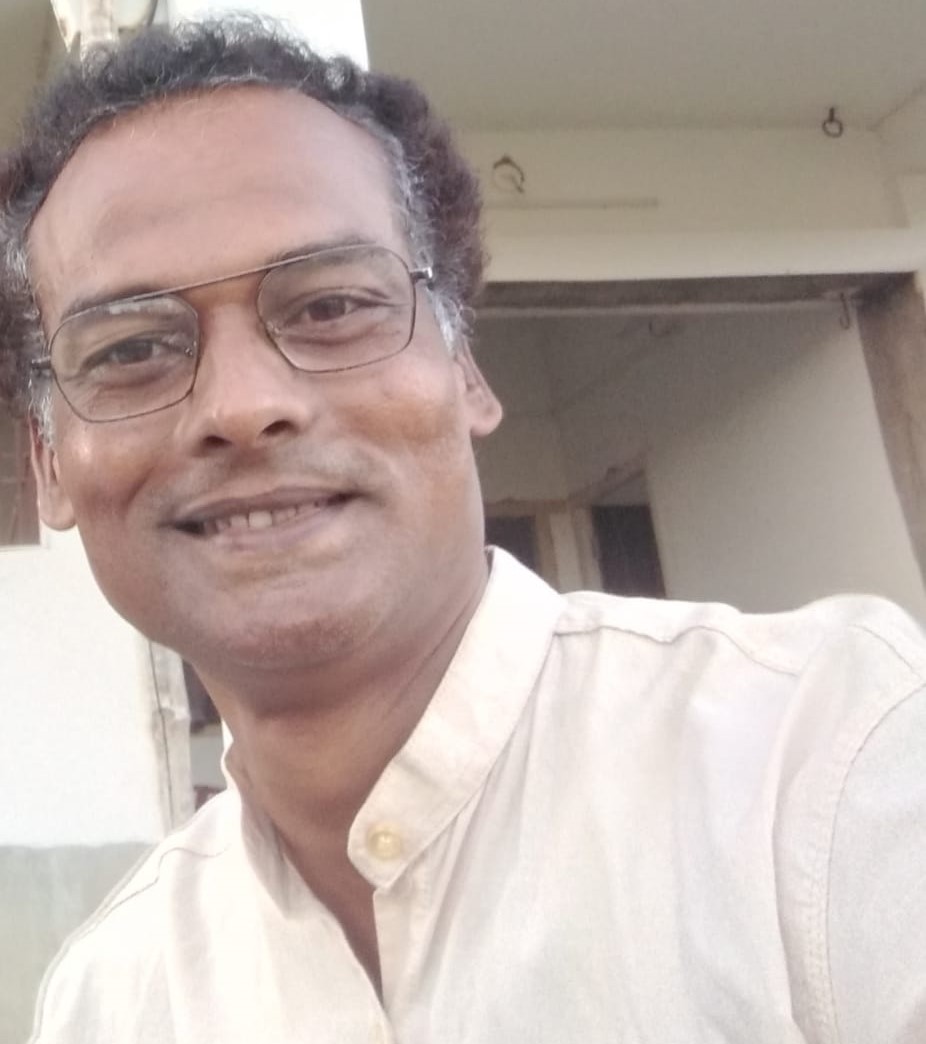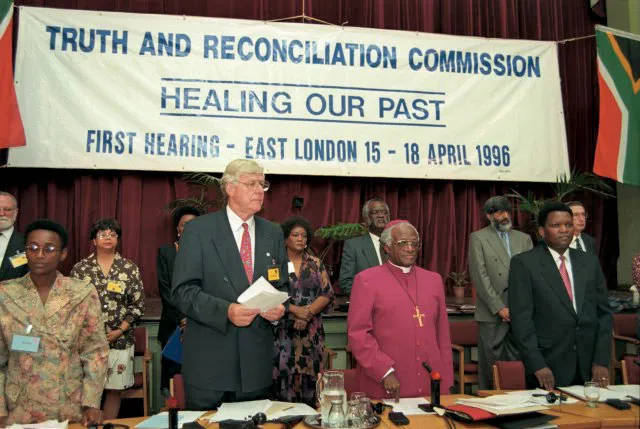Mulayam Singh Yadav was a leader borne by struggles on the dusty grounds of Uttar Pradesh. He did not inherit a career in politics. Challenging the hegemony of the upper castes in the social and political spheres, he rose from the margins to become the voice of the oppressed and became established as a hero, even to the point of being called a messiah, in the 1990s.
Mulayam Singh began his political career from the Socialist stream led by Ram Manohar Lohia. He was elected as MLA for the first time in 1967 as a nominee of the Samyukta Socialist Party (SSP).
One by one, heroes and messiahs of the Bahujan community who played a key role in the political arena in the 1990s are bidding the final goodbye to this world. Mulayam Singh and Ramvilas Paswan are no more. They, along with Lalu Yadav, Sharad Yadav and Nitish Kumar, belong to the generation that had entered the political arena during the movement of 1974.
But what did Mulayam do during his lifetime that for a section of society, Mulayam is an object of hatred even after his death? While there have been tributes pouring in from across political hues, upper-caste, communal elements have been making their hatred known.
The 1990s was a period of cataclysmic social and political changes in the Hindi belt, especially in Bihar and Uttar Pradesh. This period saw the emergence of a new sociopolitical phenomenon called the Mandal movement, and it was not limited to the OBCs. The Dalits and the Adivasis too decided to be counted in, leading to the emergence of a united front of the Bahujan. New sociopolitical equations based on anti-Savarna consciousness emerged. The catalyst that brought about all these changes was the implementation of a recommendation of the Mandal Commission for 27 per cent reservation to the OBCs in public employment. This changed the direction and thrust of politics. The issue of social justice suddenly became important. The oppressed communities made it clear that besides respect and dignity, they also wanted a share in power. The political discourse changed and so did the language and the grammar of politics. The OBCs, Dalits and Adivasis moved from the margins to the centre stage. Their habitations became important for politicians. The communities which had hitherto found even exercising their right to vote difficult, started seeking their fair share in politics. These changes led to the emergence of a new leadership from among the OBCs, Dalits and Adivasis. This leadership did not belong to the old school of OBC-Dalit-Adivasi representatives who were content playing second fiddle to the Dwijs. Instead, this new generation of leaders had crucial political status and role in society.
Mulayam Singh, Lalu Yadav, Ramvilas Paswan, Sharad Yadav, Shibu Soren and Nitish Kumar were the icons of this change. They represented not only the new identity of the OBCs, Dalits and Adivasis but also their independent political claims and aspirations. Many parties based on these identities emerged, thus ending the political monopoly of the savarnas and opening new opportunities for the oppressed castes and groups. This new sociopolitical phenomenon was branded as caste/identity politics by the upper-caste of both right and left leanings.

The upper-caste intellectuals linked this change with the rise of criminals, goons and mafias, besides corruption and nepotism. They portrayed these vices as outcomes of the rise of this new brand of politics, while in their narratives, brahmanical upper-caste politics remained an epitome of morality and purity. In truth, such elements and tendencies were never new to politics.
Be that as it may, this phenomenon pushed the older political streams towards oblivion. The Congress hasn’t been able to regain its ground in Bihar and Uttar Pradesh, and the Left, too, has lost its popular base. The CPI (ML) has been able to survive because today the Dalits, OBCs and Adivasis are at the top in all political streams. Their role has been no longer limited to holding flags and banners. Their numbers in state assemblies and Parliament have been climbing. There have been changes in society. They have been seen in places where they weren’t seen earlier. This has given them newfound courage, self-respect and confidence. They can no longer remain passive. Behind this rise to power was an awakening. However, all this did not happen suddenly. Undoubtedly, this social-political development took place on the back of material conditions that were in the making for a long time.
Today, no political party or stream can dare oppose reservations openly – so much so that Narendra Modi, the face of Hindutva and capitalism, flaunts his EBC/OBC identity and was compelled to pick an Adivasi for the post of the President of India. The tone for this political upheaval was set by the Mandal movement. It made clear that an upper-caste leadership was not acceptable to the oppressed castes. They wanted their own leaders, along with a fair share in power politics.
Uttar Pradesh was also the epicentre of the Rashtriya Swayamsevak Sangh (RSS)-led reaction of the brahmanical, upper-caste forces to the Mandal movement. Mulayam Singh led the charge of the Mandal brigade from the front. He was elected chief minister in 1989. At the time, Uttar Pradesh was also witnessing the rise of the Bahujan Samaj Party (BSP). The political dominance of the upper-caste was facing challenges from two quarters – the OBCs led by Mulayam and the Dalits led by Kanshi Ram and Mayawati. The Ram Temple was at the centre of RSS’s counter-offensive. With the slogan “Mandir wahin banayenge”, an aggressive movement to assert Hindu identity was launched. Mulayam Singh showed political courage, and the Uttar Pradesh government acted tough with the karsevaks. Mulayam was branded “Mulla” and “Maulvi” by the brahmanical elements. His government was soon replaced by the BJP, led by Shudra leaders like Kalyan Singh. The Babri Masjid was demolished during Kalyan Singh’s chief ministership. This resulted in the consolidation of the opposition to the brahmanical, upper-caste politics, best exemplified by the slogan, “Mile Mulayam-Kanshi Ram, hawa mein ud gaye Jai Shri Ram”. Mulayam became the chief minister again. But this unity didn’t last owing to internal contradictions and conflicts. These roots of these internal contradictions were also in the brahmanical Varna-caste system.
Leaders like Mulayam Singh stood courageously by the oppressed from late 1960s to 1990s. They did not pull punches in battling the counter-offensive of the hegemonic upper-caste and Hindutva forces. It was Mulayam who paved the way for Phoolan Devi’s entry into Lok Sabha and established her as the heroine of Bahujan resistance.
The Mandal movement brought the historic role of leaders like Mulayam Singh Yadav into bold relief. Their stature, which reached its heights with the Mandal movement, still rested on their historical constructive role up to the movement. They opened the doors of politics to the oppressed castes and groups. They did not compromise with the BJP. But at the same time, they could not keep up with the changing times. They failed to address the rising political aspirations of other sections of the oppressed and to refashion the agenda of social justice. This limited the appeal and durability of these political streams and leaders. Their endeavours were limited to changing the sociopolitical relations and power equations between different castes within the broad framework of the brahmanical Varna-caste system. Slowly, they lost their sheen. Cracks appeared in their messianic image. Slogans like “Jiska jalwa kayam hai, uska naam Mulayam hai” were bound to fall on deaf ears.
The Mandal leaders could not become the leaders of the masses. The parties led by them could not become the parties of all sections of society, though they were never parties of the Bahujan alone. The BSP began as a party of the Bahujan. Later, Mayawati gave the slogan “Sarvajan” but still could not become the leader of the Savarnas. In Bihar, the Rashtriya Janata Dal (RJD), despite raising the slogan “A to Z”, doesn’t get Savarna votes. Akhilesh Yadav talks about Parshuram Mandir, but still all sections don’t vote for him. Even today, only the Savarnas enjoy the privilege of being the leaders of all. The others are projected by the Savarna intelligentsia as leaders of this caste or that group. Mulayam Singh, Lalu Prasad, Nitish Kumar, Sharad Yadav and Ramvilas Paswan are leaders and heroes of only the oppressed castes and communities, and will remain so.
(Translated from the Hindi original by Amrish Herdenia)
Forward Press also publishes books on Bahujan issues. Forward Press Books sheds light on the widespread problems as well as the finer aspects of Bahujan (Dalit, OBC, Adivasi, Nomadic, Pasmanda) society, culture, literature and politics. Contact us for a list of FP Books’ titles and to order. Mobile: +917827427311, Email: info@forwardmagazine.in)





